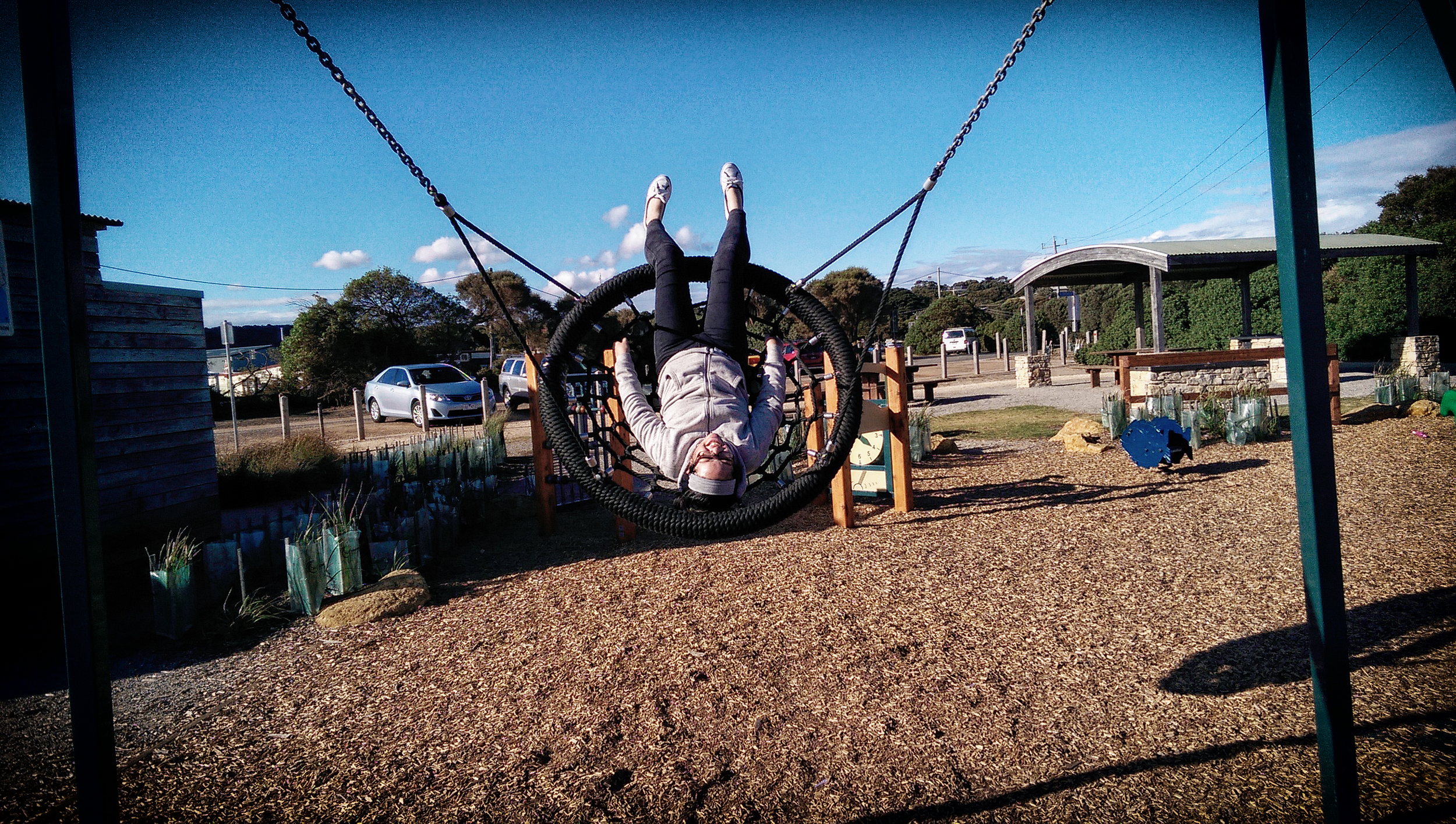It's been a just about a year since I tested out the (then) new HTC One camera out in Japan in what ended up being the first Simple HTC One Review. Back then, I remember being impressed with the camera despite some quirky sharpness issues (which ended up being a problem with the prototype I had that didn't affect production models). Fast forward a year, and HTC has passed me their new flagship model once again, and this time, I headed towards the Southern Hemisphere, to Melbourne and the Great Ocean Road in Victoria, Australia.
Waiting for the bride...
Romance on the Great Ocean Road.
Now lots of tech sites have already written all there is to write about the phone proper. They all say things about how well it is built (extremely) and how gorgeous it is (I concur), how snappy it is (definitely fast) and how great BoomSound sounds (what? I can't hear you over the music). So I'm not going to really bother about all that stuff, and just talk about the one thing that interests me as a photographer; the camera.
Now HTC has added some bells and whistles and one of the things you are going to hear a lot about is the Duo Camera that they have going on, where there are two lenses on the back instead of one. This allows one lens to capture the image, and lets the other collect data on the depth of the image, mainly to allow the phone to do some clever post processing in the form of UFocus, a Lytro-like function that allows the user to change the focal point of a photograph after the picture has been shot.
This depth information also allows them to have some, erm, for want of a better word, "gimmicky" tricks like Foregrounder, which turns unselected areas of your photo into your choice of a pencil drawing, a zoom blur or a cartoony effect.
A koala with the UFocus filter applied.
I'm going to focus straight onto the traditional things that I like about the camera. Off the bat, the autofocus struck me as being faster and more accurate than last year's model. Even in low lighting situations, it still acquired focus quicker than any other phone I've used which is a really nice feature for me since I do quite a fair bit of shooting in dim places.
Why does the autofocus even matter now that you have UFocus that will allow you to choose your own focal points? Simply put, the whole UFocus thing doesn't work very well in low light for purely logical reasons. Low light = wide aperture = less depth of field. This gives users a photograph with a very shallow depth of field which in -turn gives them less choice about which parts to make sharp.
I've noticed that UFocus works best on a bright day with a clean background. That said, HTC also plans to keep feeding users updates on the camera and editing experience throughout the year so that is something for users to look forward to.
On the tram into the CBD.
Now you're going to get a number of people groaning about the fact that HTC continued to use it's Ultrapixel technology without increasing the megapixel count on the M8 (it remains at 4mp) and to be honest, I was one of them. But having used the M8 and compared it to last year's model, I was surprised to find that image details are rendered much better than the M7, probably thanks to the fact that the M8 now uses the Snapdragon 801 hardware to to help with the image processing.
This is especially obvious when looking at low light pictures. Images out of the M8 look much sharper and contain more detail than expected.
A dim section of the National Gallery Victoria in Melbourne.
Throwing a panoramic together in low light was much easier than anticipated.
Dinner for one. Even the dimmed interior of an airplane was photographable.
Inside and out...
Now I could blabber on but instead of talking, I'm going to just put up a bunch of images shot under real world conditions (no cars, flowers, close ups of coffee or toys etc) and let you decide for yourself how you think the camera works. To be fair, the M8 doesn't have the image quality of a higher megapixel phone camera, but the one thing that it has going for it is the speed at which it takes photos. I rather have a 4mp image that I like instead of a 13 or 22 mp image in which I miss all the moments. The Samsung Galaxy S5 is supposed to have autofocus speed that rivals the M8, but I haven't tested that out yet so as of now, the only phones that allow me to get the pictures i want in various lighting conditions would be the HTC One M8 and the iPhone. However, being an android user….
Ok, here are the pictures. Feedback is always welcome, and if you leave questions in the comments, I'll try to get you some usable answers as soon as I can!
Head in the clouds


























